The Right Time to Partner with an Artist: A Strategic Guide for Brands (Part 2)
InPart 1, we discussed how timing can turn a five-figure partnership into a seven-figure headache almost overnight. But timing is more than just a...
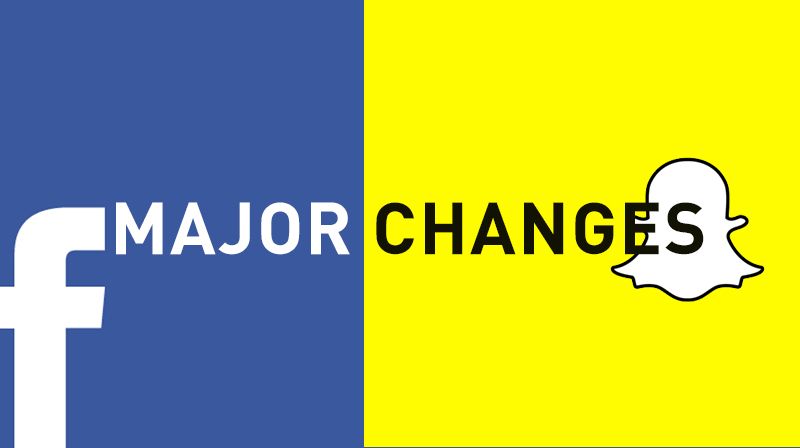
Two social media behemoths made significant announcements last week.
 Facebook, the largest social network in the world, rolled out “Reactions,” an extension of its core “Like” feature. Users can now respond to posts with emojis indicating Like, Love, Haha, Wow, Sad, or Angry.
Facebook, the largest social network in the world, rolled out “Reactions,” an extension of its core “Like” feature. Users can now respond to posts with emojis indicating Like, Love, Haha, Wow, Sad, or Angry.
Meanwhile, Snapchat made geofilters (location-based tags shared in tandem with images and videos) available to the general public. Previously, Snapchat showcased geofilters almost exclusively from cities, neighborhoods, and large events. With last week’s announcement, Snapchat users can now use geofilters “for their business or private event."
These major changes show Facebook and Snapchat addressing critical issues with their platforms.
Reactions allows Facebook to offer its users a more holistic newsfeed, keeping people on the site longer. For instance, if a Facebook user shared a post about the death of a beloved pet, friends wouldn’t necessary “Like” it, because most people don’t really like death. Shocking. And because people did not “Like” the post itself, the news may have faded into obscurity.
With reactions like “Sad” and “Angry” now available, more Facebook users will interact with all types of posts, and the content in their newsfeeds will improve. Moreover, as Facebook users begin to express their genuine sentiments with the new options, Facebook will likely collect and catalog their emotional responses as advertising data.
 Music Audience Exchange tests out Snapchat's new on-demand geofilters.
Music Audience Exchange tests out Snapchat's new on-demand geofilters.For Snapchat, offering on-demand geofilters gives the app the monetization strategy it had previously lacked. Snapchat has long touted its strong user base but did not have a specific plan in place to justify its $16 billion valuation. Geofilters will provide an unending revenue stream because they are ultimately unobstructive to the user experience.
With ad blocking on the rise, Snapchat’s creation of a revenue-generating advertising platform that doesn’t annoy users is a massive advantage. Moving forward, the app’s vitality may depend on its ability to maintain that balance. For now, Snapchat will continue to grow, especially considering a recent partnership with Nielsen to track advertising campaigns.
While Facebook and Snapchat made significant strides last week to improve the appeal of their platforms to both consumers and advertisers, Twitter, long-rumored to make drastic changes, has remained motionless. With recent news that Instagram now has more advertisers than Twitter, the time to act is now.
As social media platforms continue to evolve to consumer demands, it will be interesting to monitor how marketers and music artists find creative ways to reach their audiences.
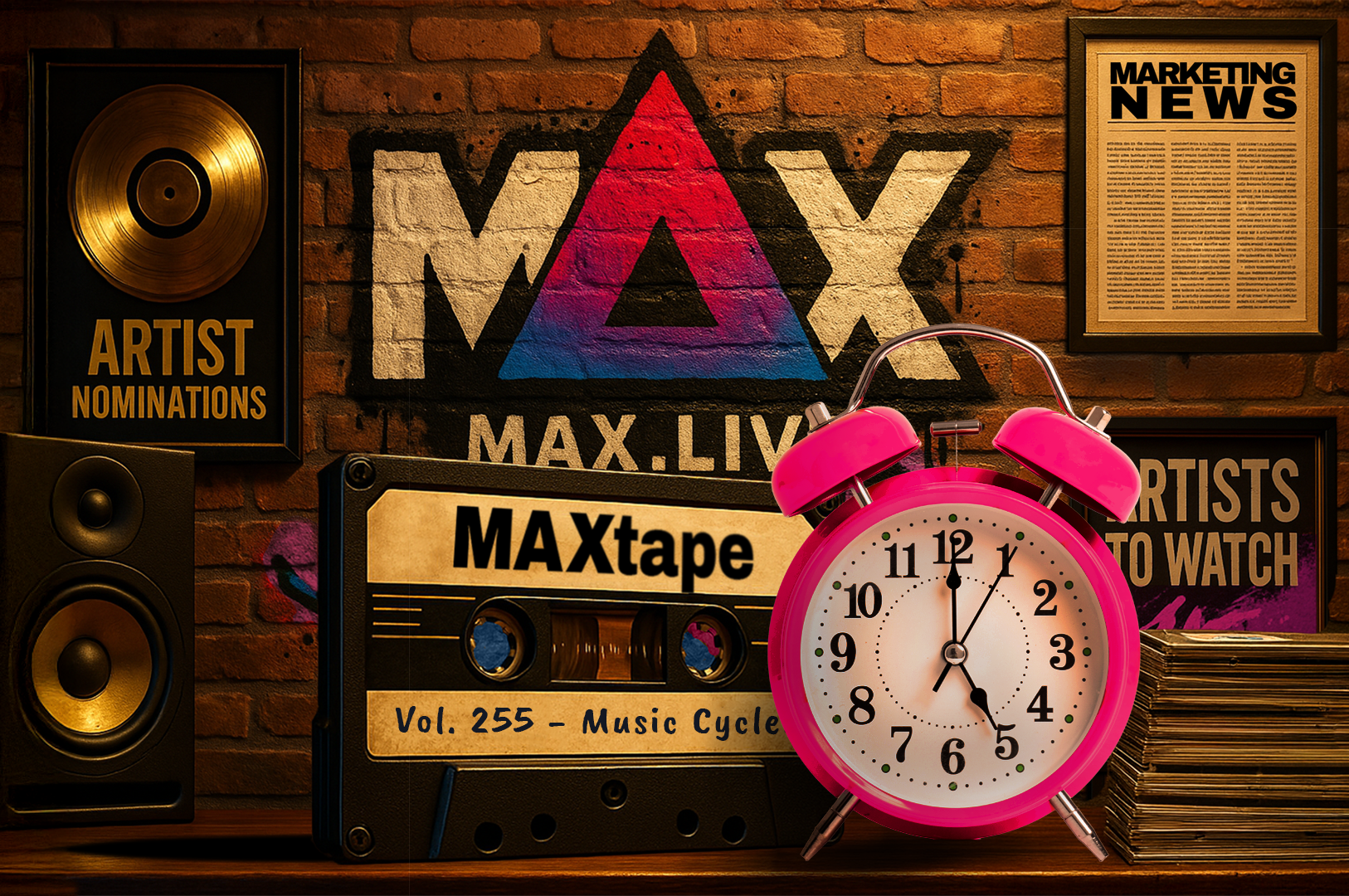
InPart 1, we discussed how timing can turn a five-figure partnership into a seven-figure headache almost overnight. But timing is more than just a...
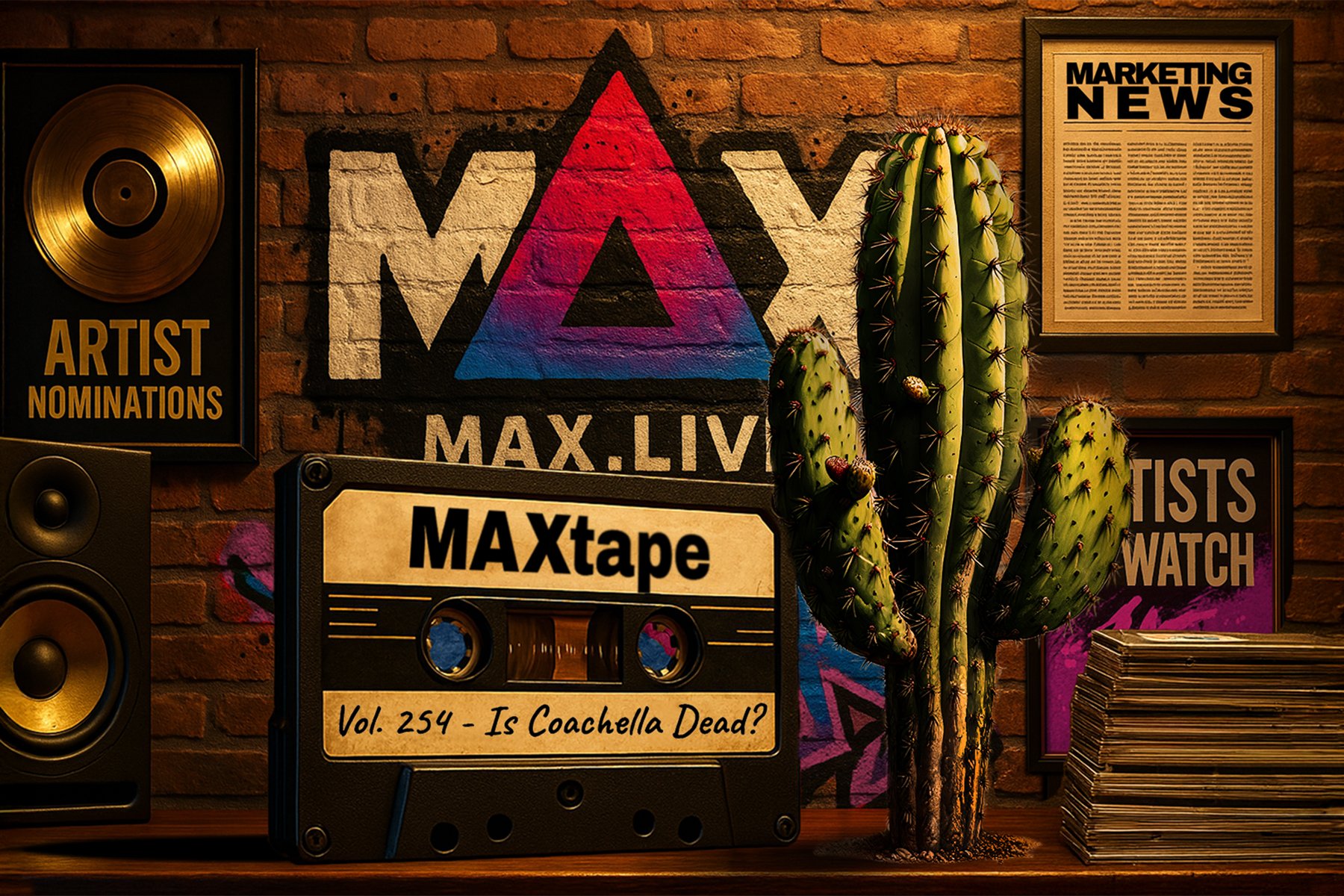
Let me give it to you straight. Is Coachella dead? Nah. But for a lot of fans, it’s definitely not alive in the way it used to be. What once felt...
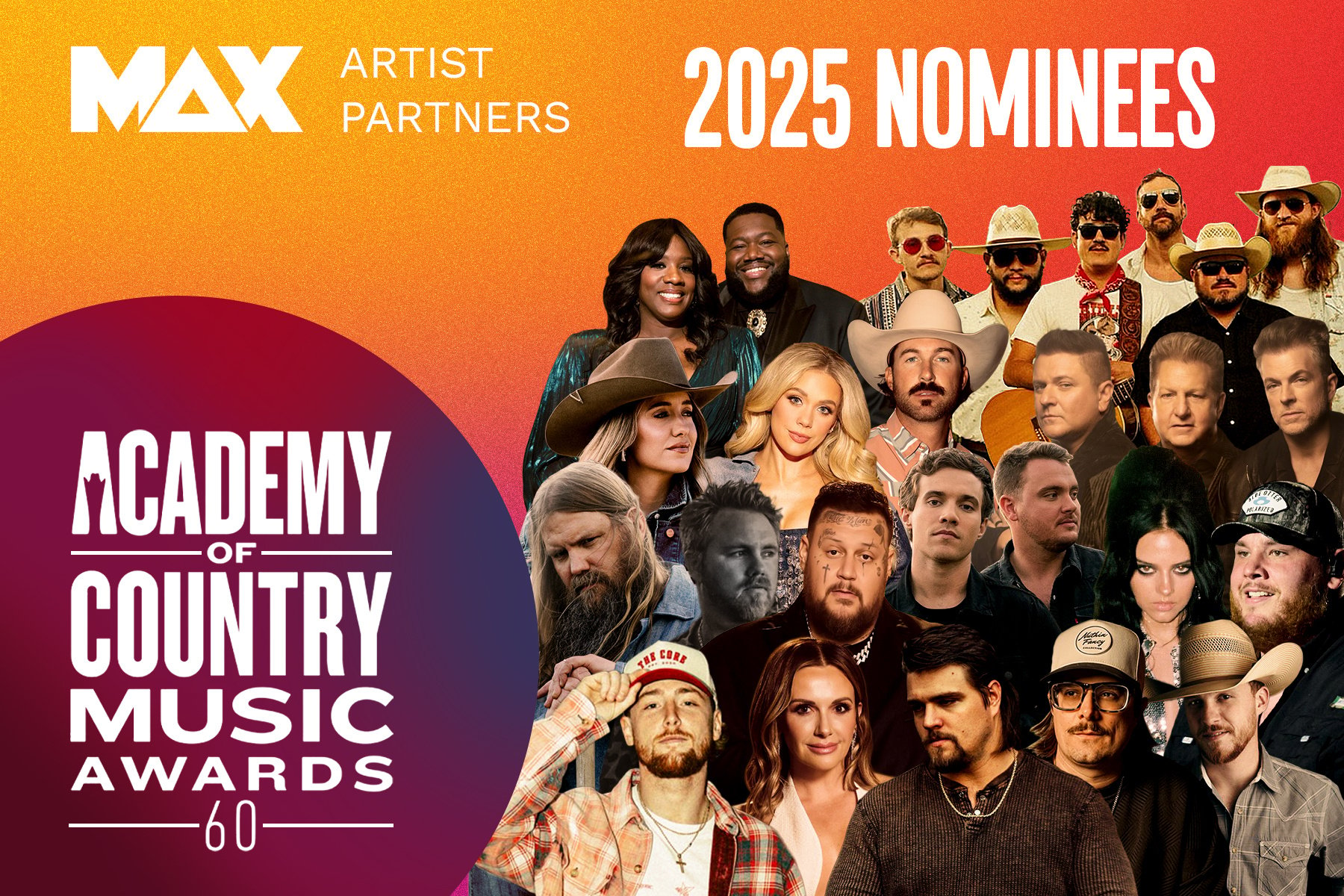
We’re beyond thrilled to celebrate our incredible MAX artist partners who’ve secured nominations for the 2025 Academy of Country Music Awards—our...
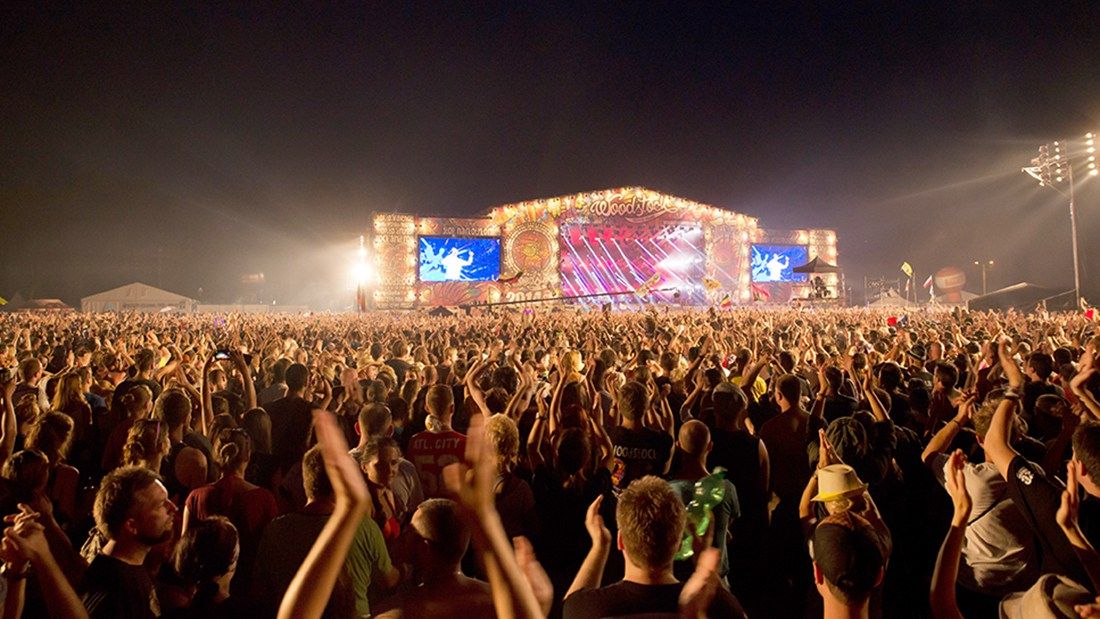
Our good friend and advisor, George Howard, recently penned an article in the New York Times about the rise in music festivals as an economic...
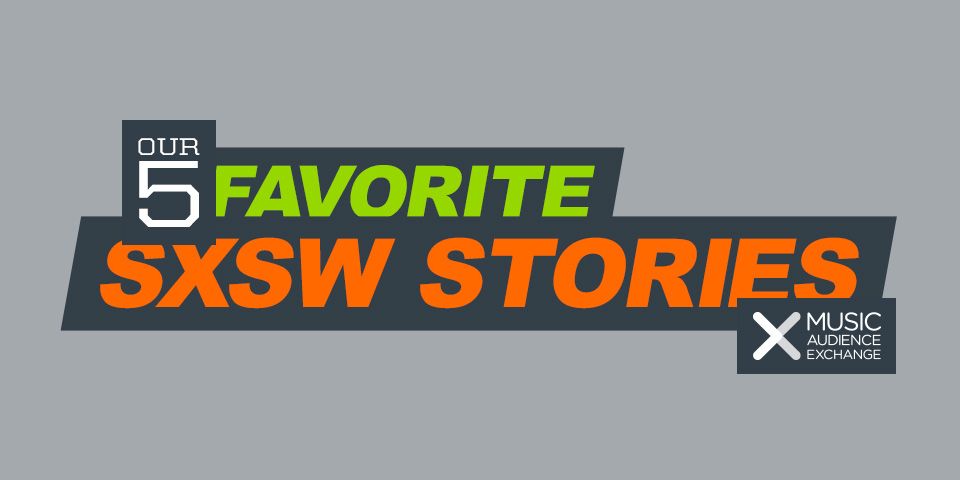
South By Southwest (SXSW) is always a whirlwind, and we can’t wait to go for a spin in the future. Here are a few of our favorite trends and stories...
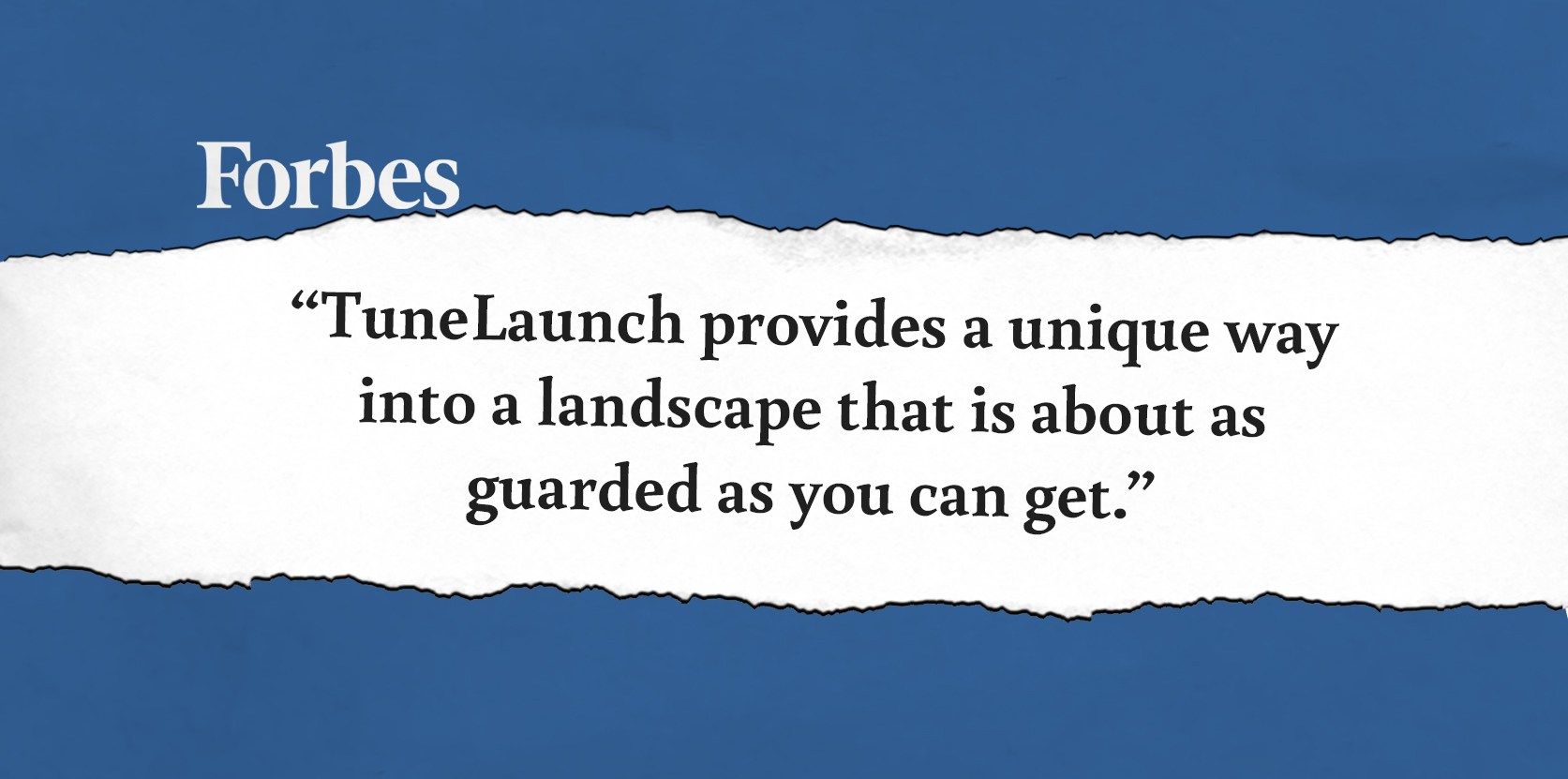
Forbes recently published both parts one and two of a two-part series profiling Music Audience Exchange and our TuneLaunch platform.